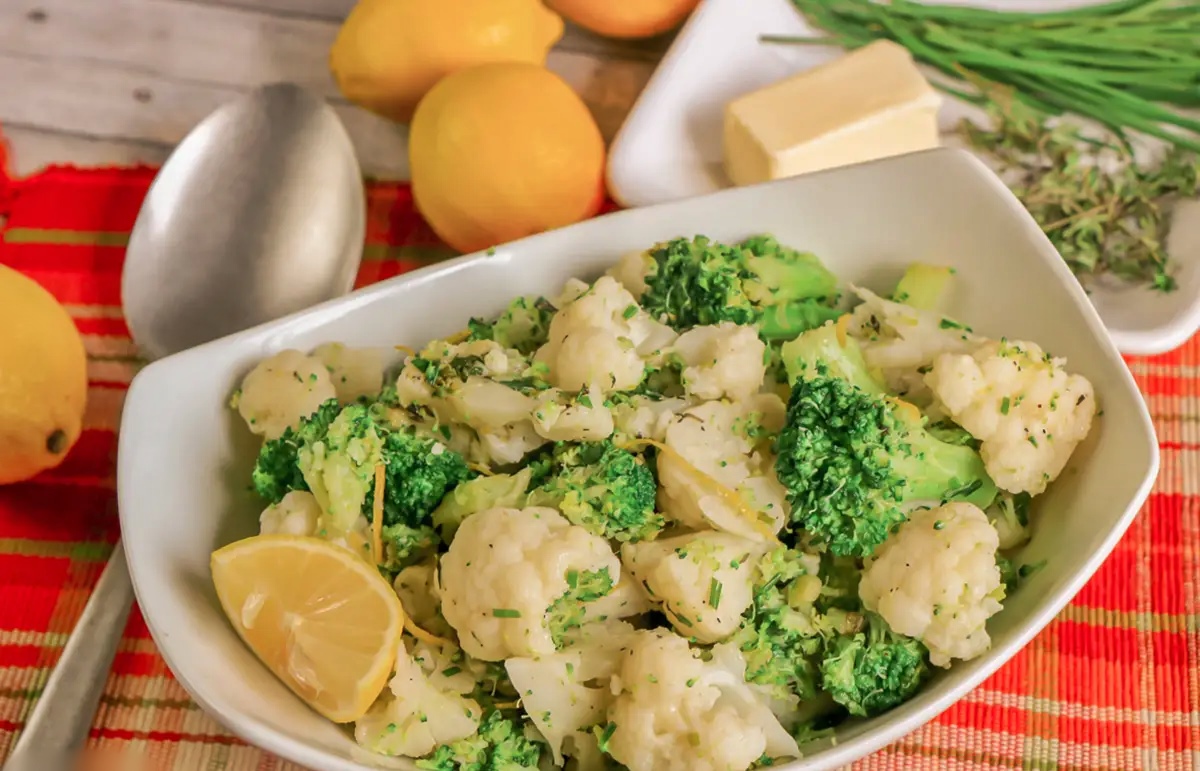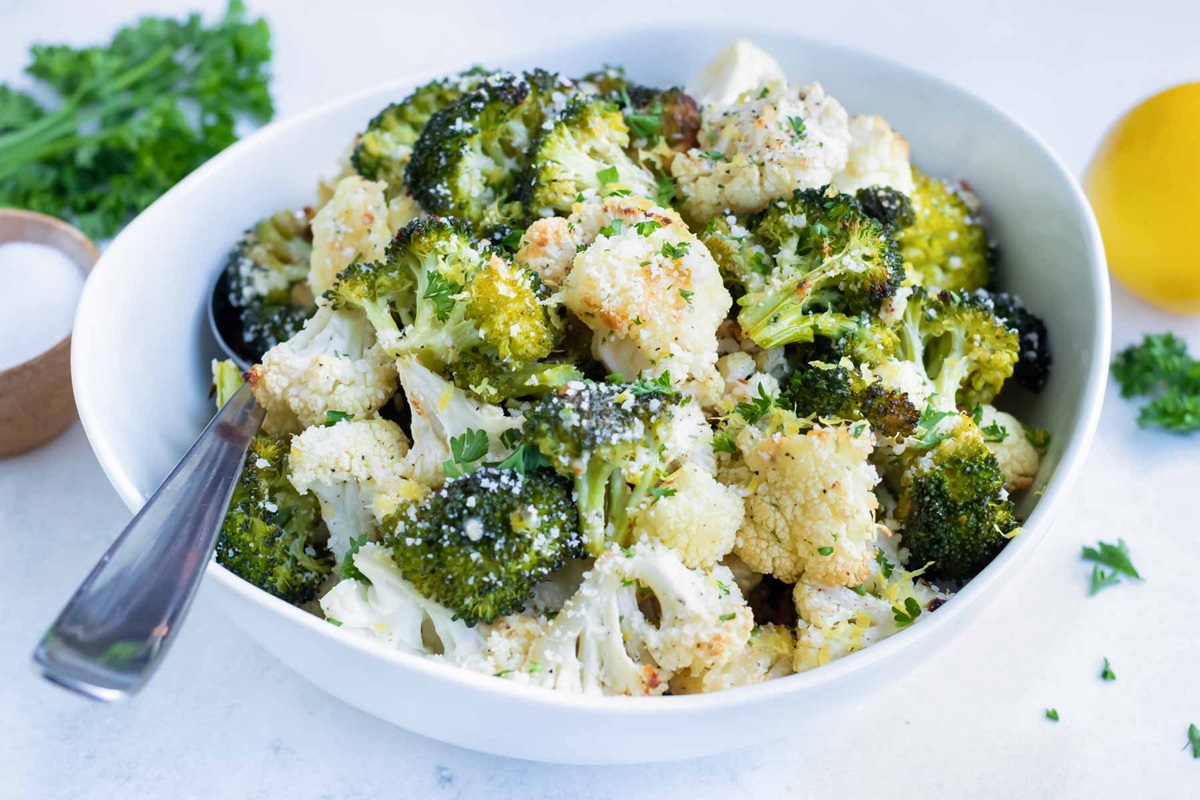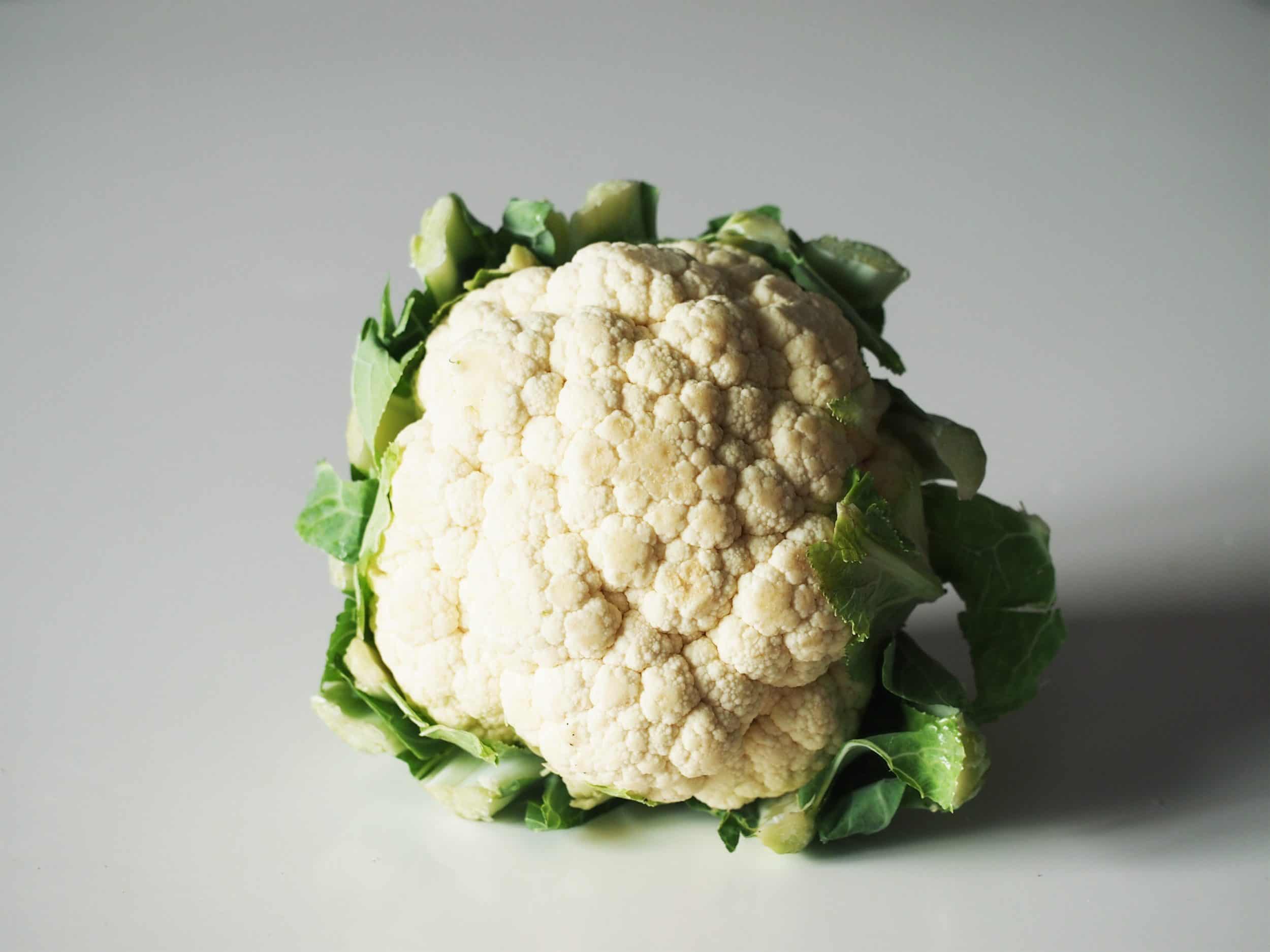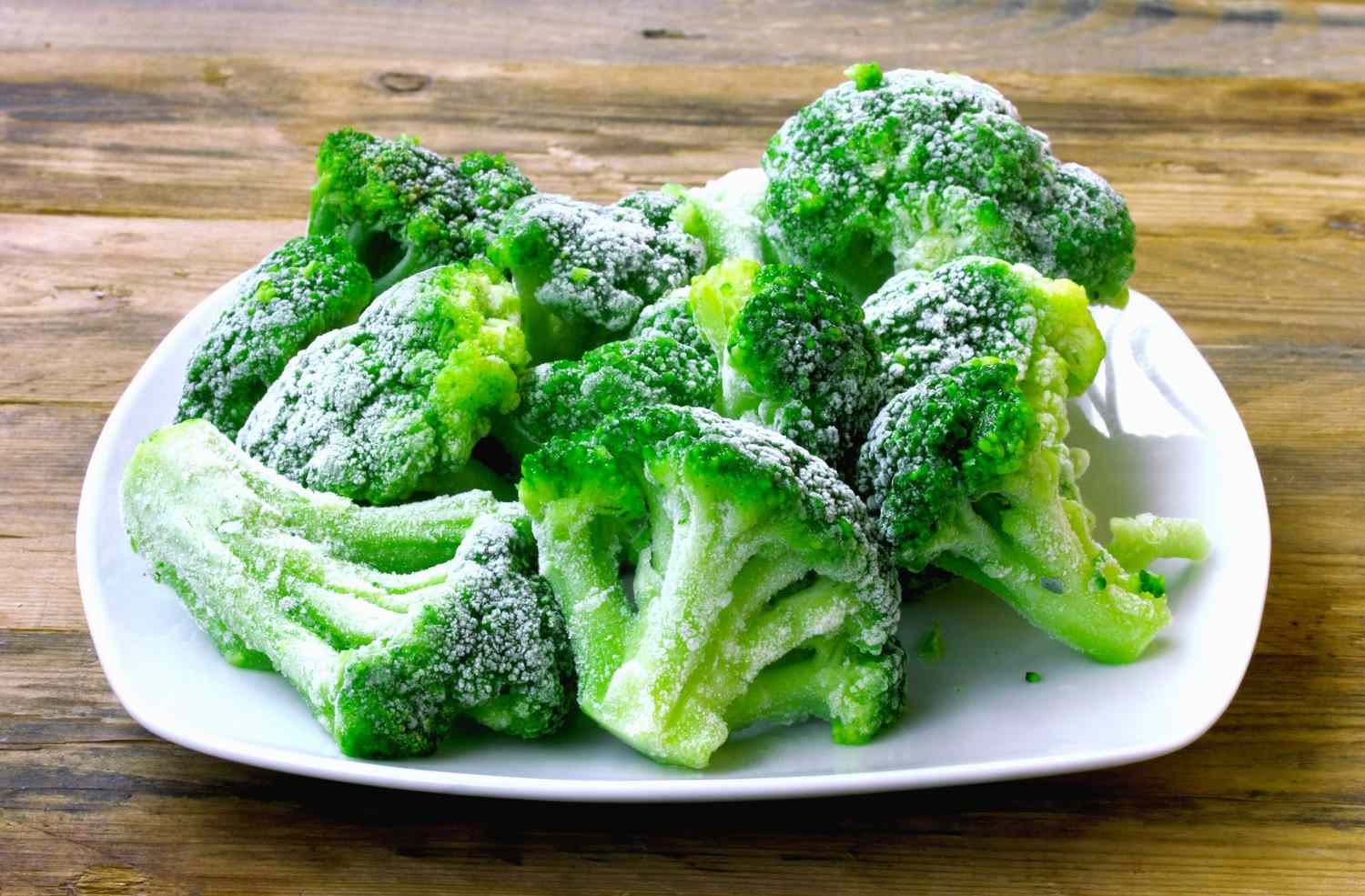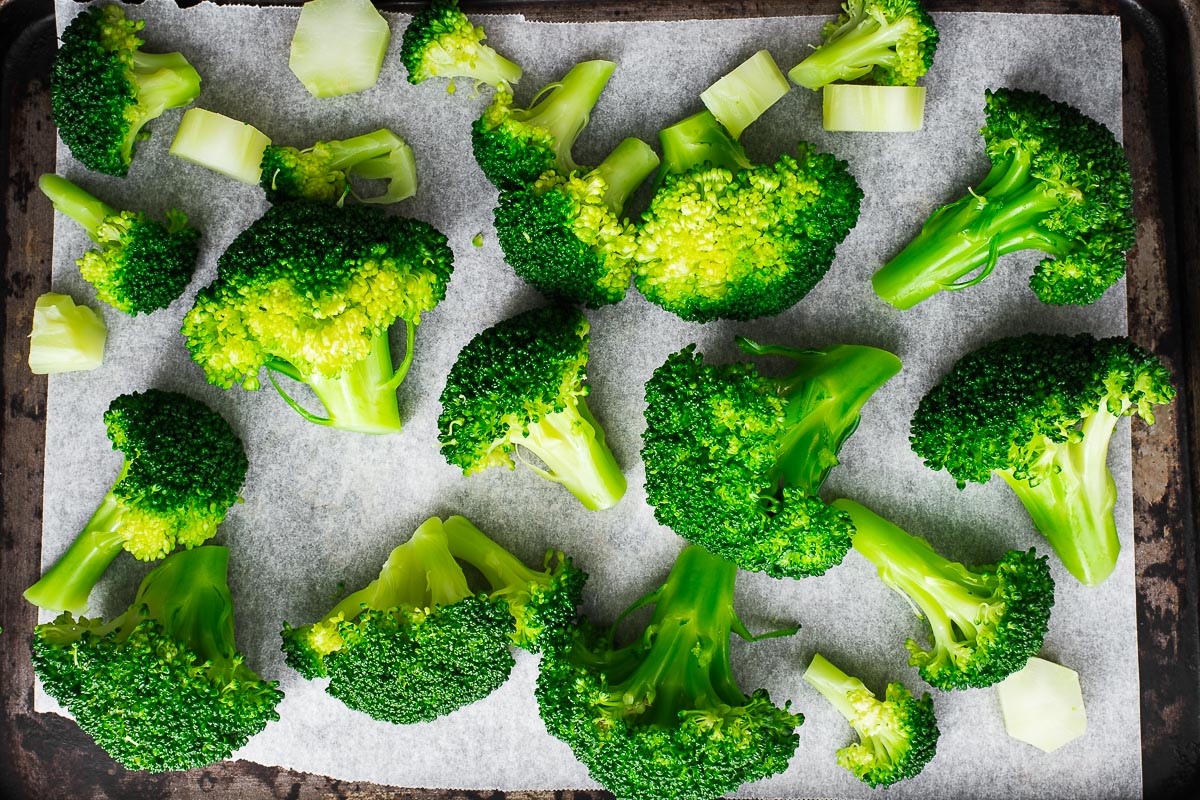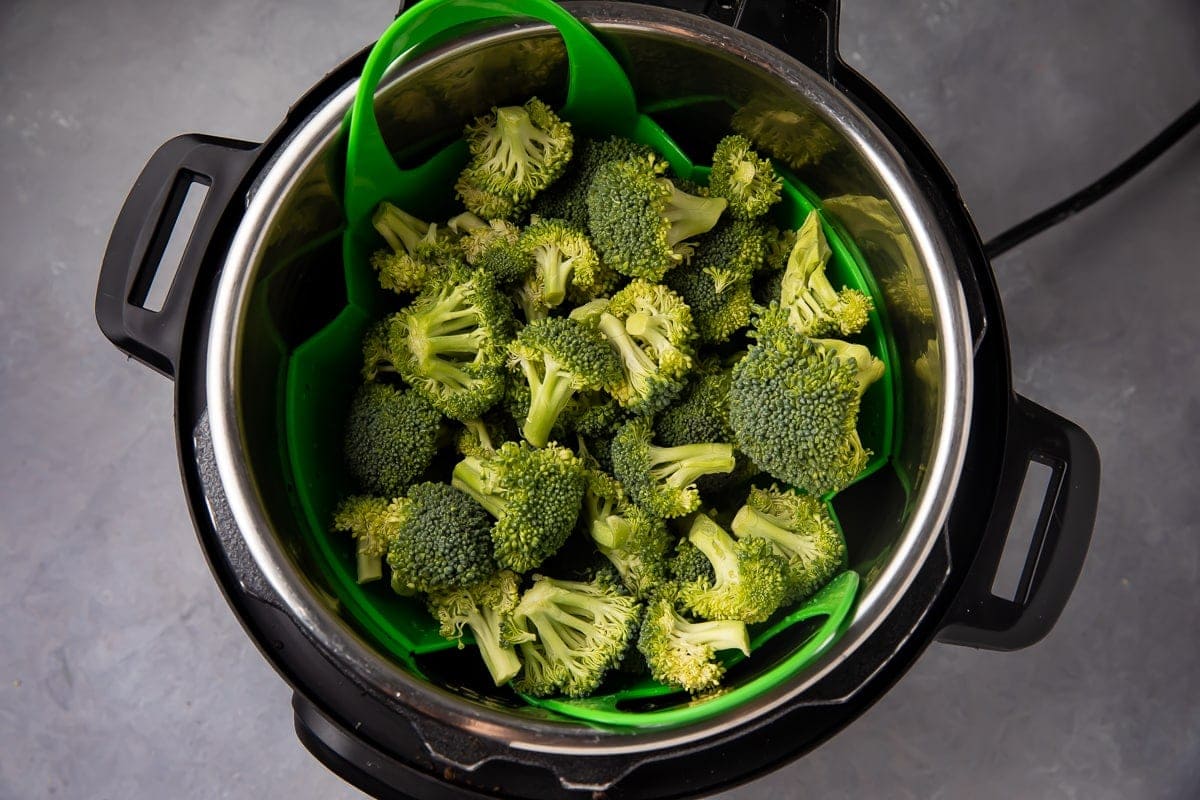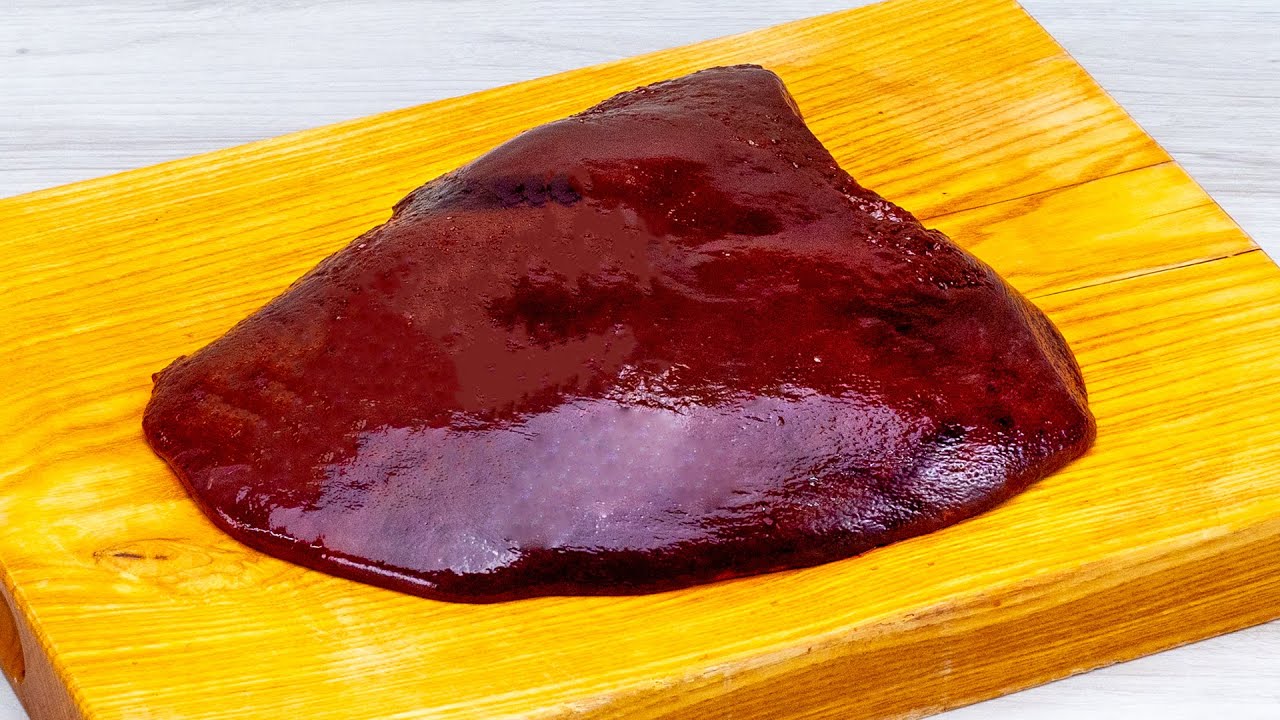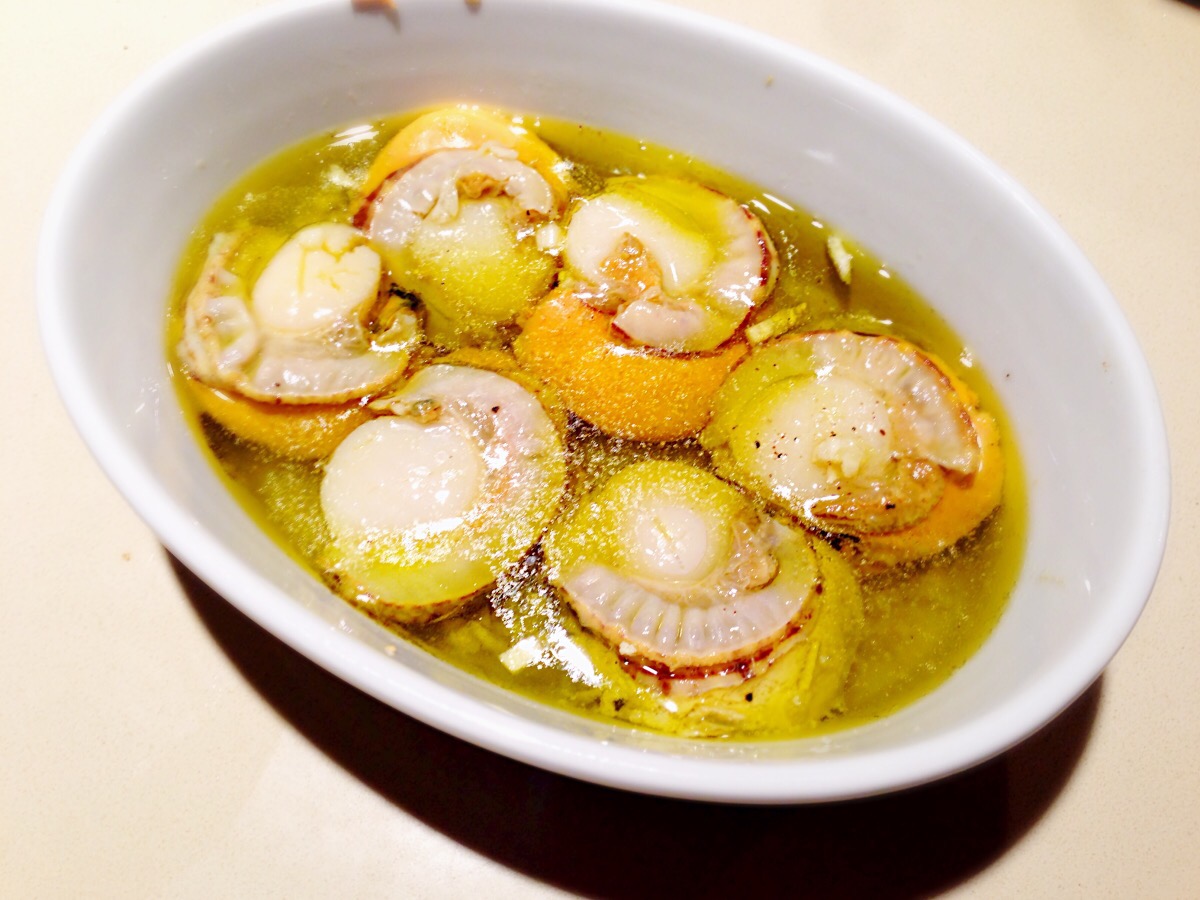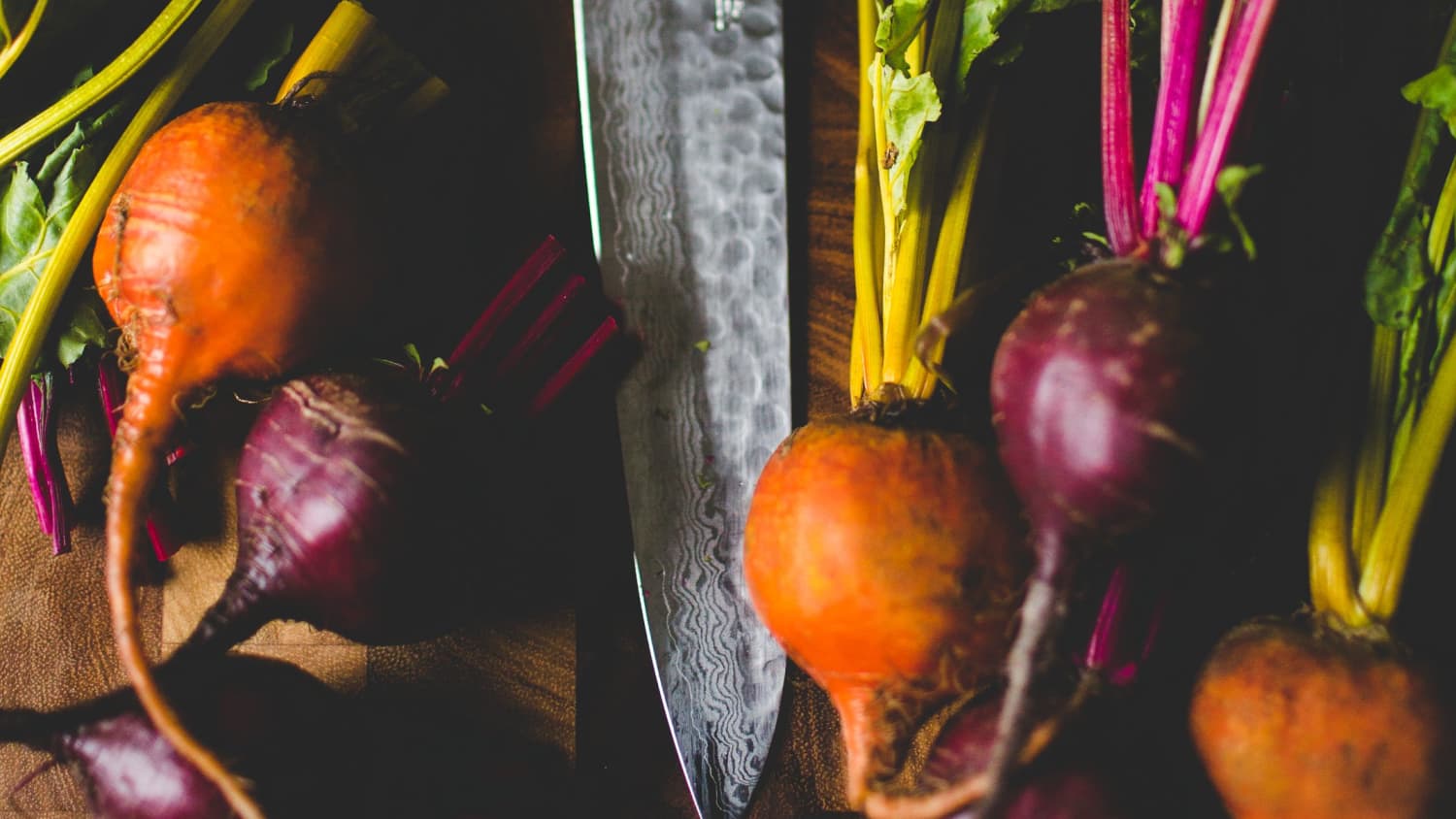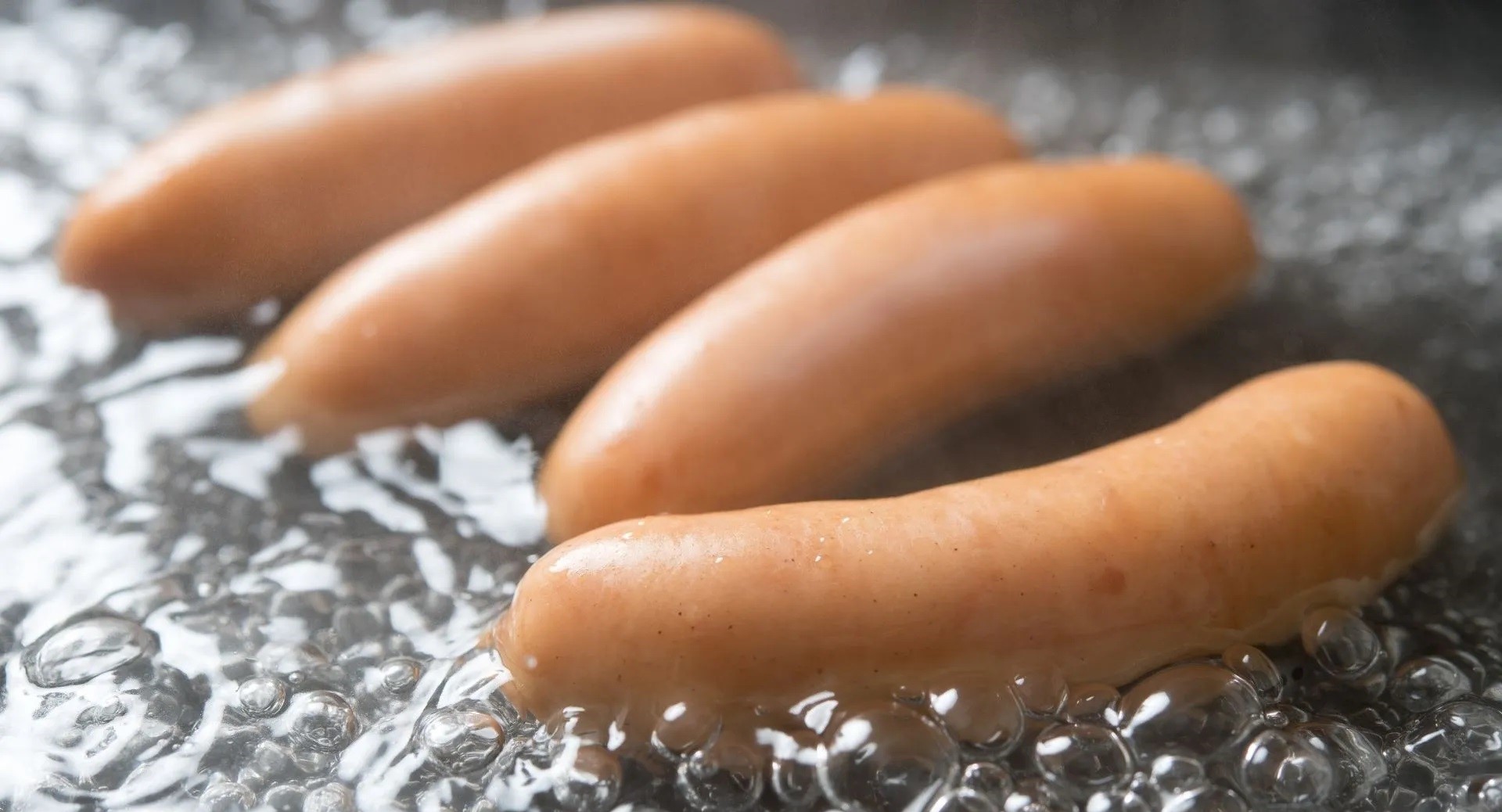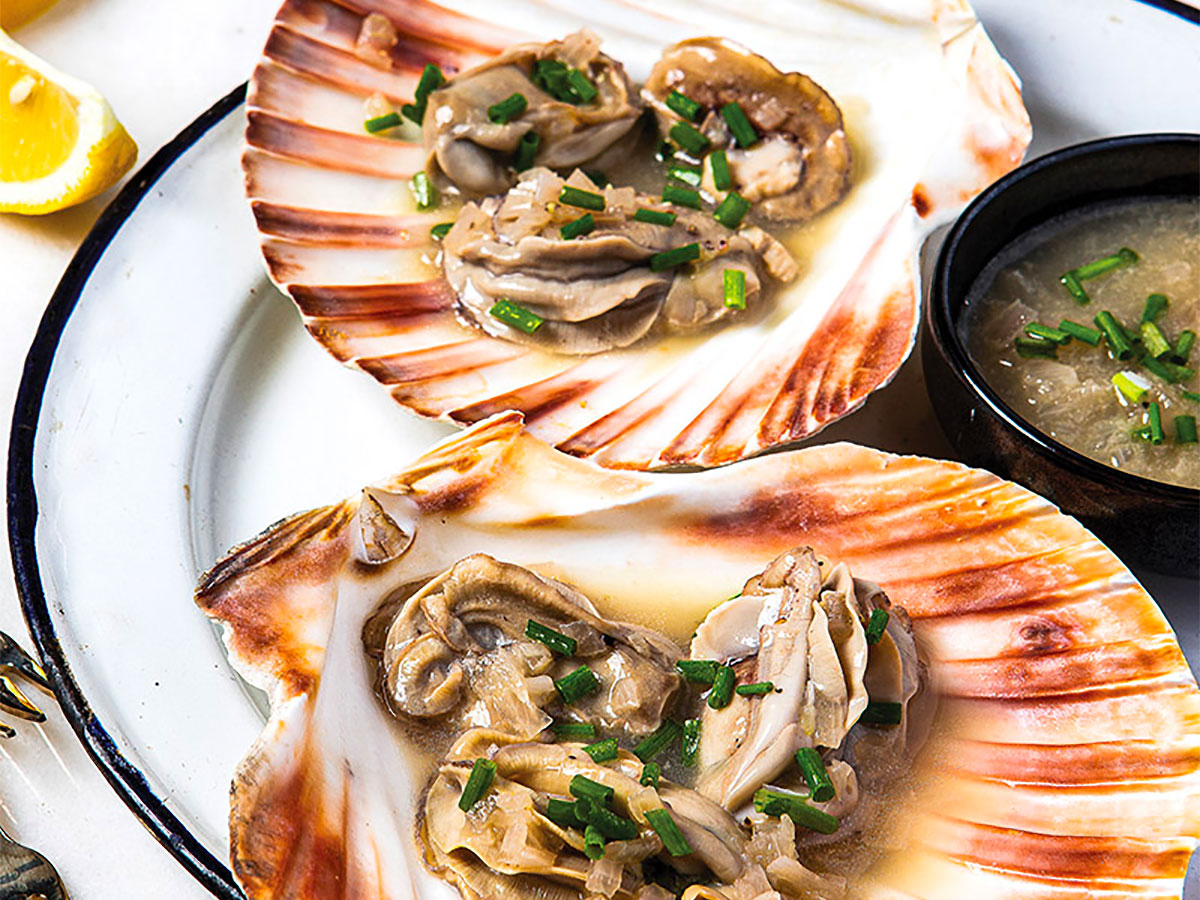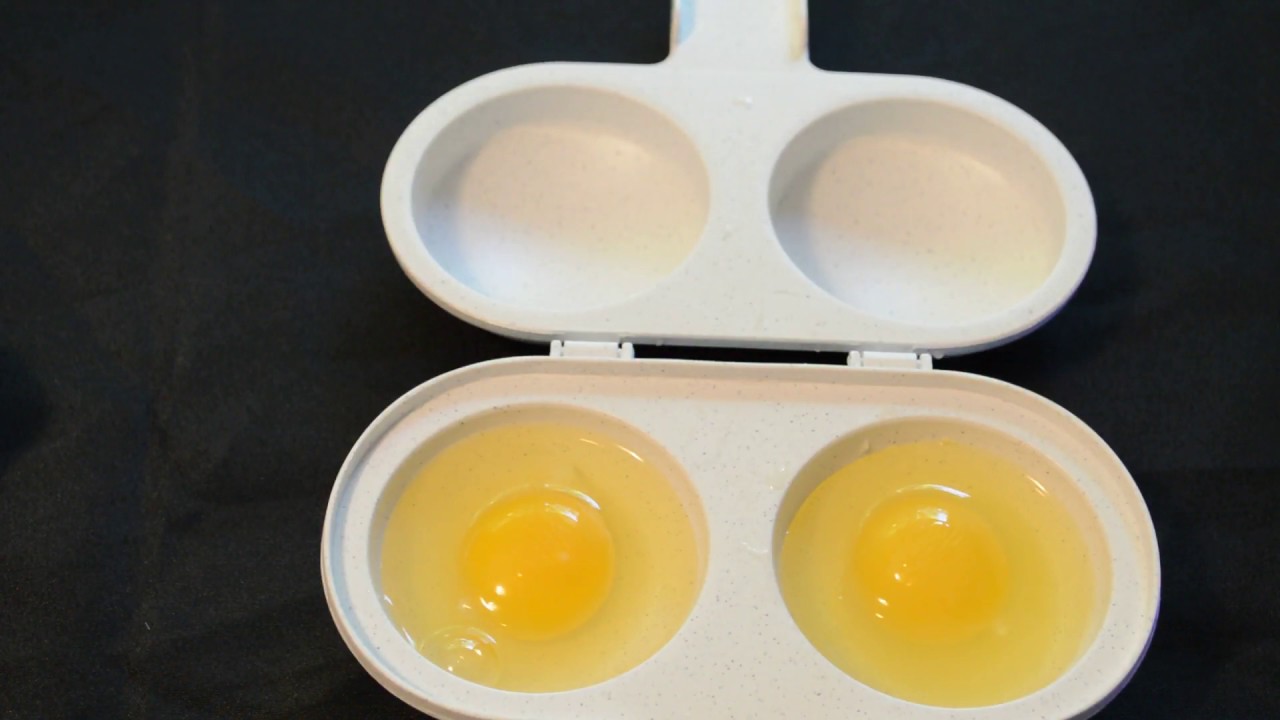What is Blanching?
Blanching is a cooking technique that involves briefly immersing food in boiling water, then immediately transferring it to an ice bath to halt the cooking process. This method is commonly used to partially cook vegetables, preserving their color, texture, and nutrients.
Why Blanch Cauliflower and Broccoli?
Blanching cauliflower and broccoli helps to soften their texture, making them more palatable while still retaining their crispness. It also helps to preserve their vibrant color and nutrients, making them more visually appealing and nutritious.
How to Blanch Cauliflower and Broccoli
Blanching cauliflower and broccoli is a simple process that can be done in just a few easy steps:
- Prepare the Vegetables: Start by washing the cauliflower and broccoli thoroughly under cold water to remove any dirt or debris. Then, cut them into florets of similar size to ensure even cooking.
- Boil the Water: Fill a large pot with water and bring it to a rolling boil over high heat. It’s important to use a large pot to prevent overcrowding, which can lead to uneven blanching.
- Blanch the Vegetables: Carefully add the cauliflower and broccoli florets to the boiling water. Allow them to cook for about 2-3 minutes, or until they are slightly tender but still crisp. Be sure to keep an eye on them to avoid overcooking.
- Ice Bath: Once the vegetables are blanched, quickly remove them from the boiling water using a slotted spoon and transfer them to a bowl of ice water. This will stop the cooking process and help to preserve their color and texture.
- Drain and Dry: After the vegetables have cooled in the ice bath for a few minutes, drain them thoroughly and pat them dry with a clean kitchen towel or paper towel.
Uses for Blanched Cauliflower and Broccoli
Blanched cauliflower and broccoli can be used in a variety of dishes, including salads, stir-fries, and casseroles. Their partially cooked state makes them versatile for further cooking or serving as a crunchy snack with dips.
Conclusion
Blanching cauliflower and broccoli is a quick and easy way to enhance their texture, color, and nutritional value. By following these simple steps, you can enjoy perfectly blanched vegetables that are ready to be used in your favorite recipes or enjoyed on their own.
